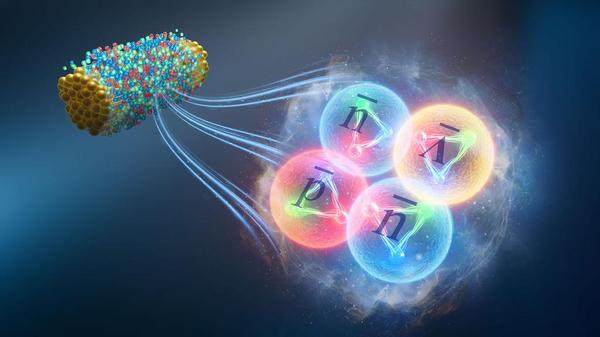
¿Cómo se vivió el triunfo de Trump en Nueva York?
Poco antes de las seis de la madrugada del martes 5 de noviembre, la atmósfera a bordo de la Línea 4 del metro de Nueva York se respiraba tensa, inquieta, como si la muchedumbre que descendía desde el barrio afroamericano de Harlem hacia el downtown de Manhattan —algunos con los ojos fijos en las encuestas que brillaban en las pantallas de sus celulares, delatando ansiedad; otros con la mirada perdida en el vacío, disociados— se hubiera puesto de acuerdo para contener todos a la vez el aliento....


